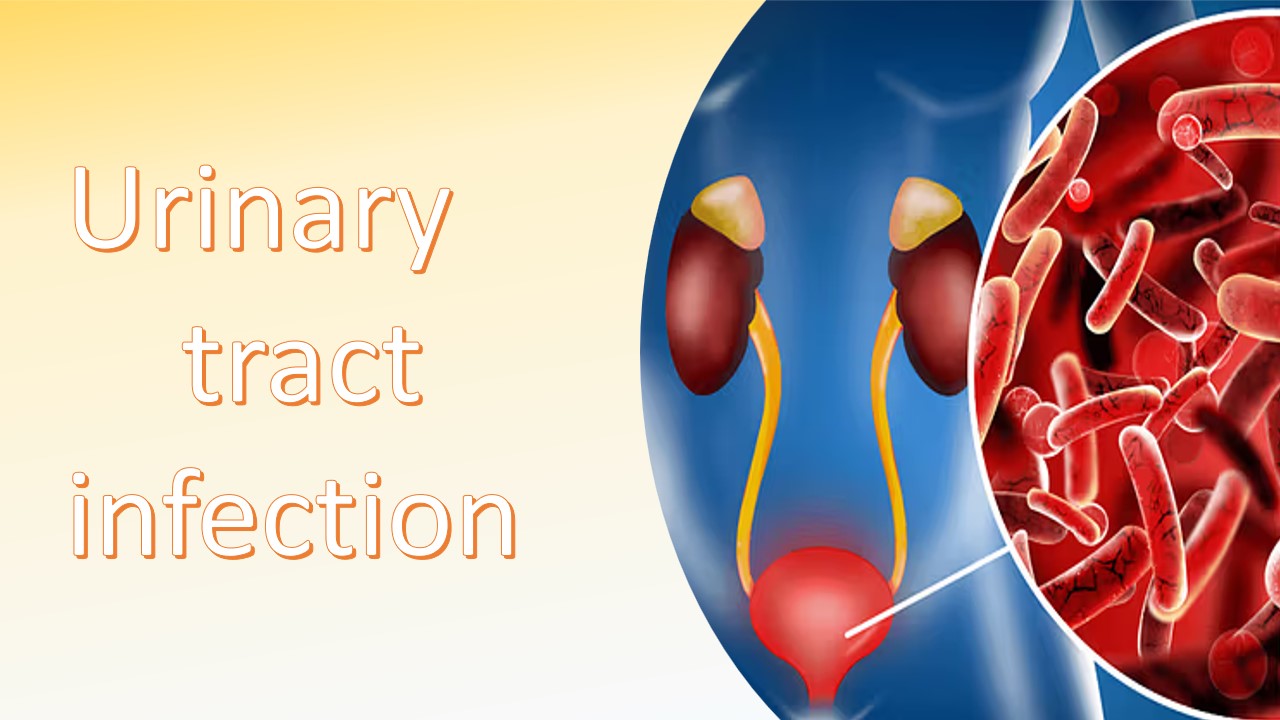
Coeliac Disease
Small intestine damage is a result of the immune system and chronic digestive illness known as Celiac disease.This is also known as coeliac diseases. Eating gluten causes small intestine damage which may risk to increase severity of celiac disease. gluten protein to be attacked by the immune system if patient have celiac disease. The lining of small intestine becomes damaged over time by this reaction, which stops it from absorbing nutrients, then condition known as malabsorption.In addition to gastrointestinal symptoms, malabsorption in children can also have an impact on growth and development. Celiac disease is caused by a reaction of gluten protein in the intestine.
The majority of the nutrients in diet, including gluten-containing proteins, are absorbed here. However, gluten in small intestine causes an immunological reaction if have celiac disease. To break down the gluten molecules, immune system releases antibodies and inflammatory cells. The mucous membrane lining the small intestine, is harmed by these cells.This chronic skin problem is a side effect of celiac disease. The same gluten antibodies that cause damage to small intestine in celiac disease. This also commonly referred to as the "gluten rash" or the "celiac rash."
Symptoms
- bloating
- chronic diarrhea
- constipation
- gas
- Lactose intolerance due to damage to the small intestine
- loose, greasy, bulky, and bad smelling stools
- nausea or vomiting
- Pain in the abdomen
Causes/Risk factors
- Genetic Predisposition
- Environmental Exposure to Gluten
- Immune System Response
- Intestinal Damage
- Microbial infection
- Early Introduction of Gluten to Infants
- Environmental Factors
- Type 1 diabetes
- Addison's disease
Diagnosis
Histology examination:
If serological tests suggest celiac disease, a duodenal biopsy is typically performed to confirm the diagnosis.During an upper endoscopy, a thin, flexible tube with a camera is passed through the mouth and into the duodenum.Multiple small tissue samples (biopsies) are taken from the lining of the duodenum for performing the histological examination. The collected tissue samples are sent to a pathologist for histological examination with microscopic analysis of the biopsy specimens involves staining the tissue sections with hematoxylin and eosin (H&E) stain. The pathologist examines the microscopic features of the intestinal lining, looking for specific changes characteristic of celiac disease.
Small intestine biopsy to diagnose coeliac disease
Reference:
1. https://my.clevelandclinic.org/health/diseases/14240-celiac-disease
2. https://www.healthline.com/health/celiac-disease-sprue





0 comments